Unlike the static challenges of distance and obstacles, wind introduces a dynamic layer of complexity, significantly influencing the trajectory, carry, and ultimate resting place of the golf ball. Understanding and adapting to wind conditions is not merely an advantage; it is a fundamental skill that separates proficient golfers from the rest. In this pursuit of precision, technology has emerged as a valuable ally, particularly in the form of advanced golf rangefinders equipped with the capability to measure wind speed and direction. This article delves into the intricate ways wind impacts the golf ball, explores the functionalities of wind-measuring rangefinders, and elucidates how the synergistic application of both knowledge and technology can elevate a golfer's accuracy and overall performance.

Part I: How Wind Impacts the Golf Ball Flight
The atmosphere through which a golf ball travels is rarely still. Wind, in its various forms and intensities, exerts a complex array of forces that can dramatically deviate a ball from its intended path and alter its expected distance. Comprehending these influences is the first crucial step in mitigating their impact.
1. The Push and Pull of Wind Direction
- Tailwind: A breeze propelling the ball from behind can be a golfer's friend, effectively reducing air resistance and allowing the ball to travel a greater distance. This often necessitates clubbing down to avoid overshooting the target and promotes a lower trajectory with reduced backspin, encouraging more roll upon landing. Strategic play in a tailwind might involve a more aggressive approach to the green.
- Headwind: Conversely, a wind blowing directly into the golfer's face acts as a significant impediment. It increases drag, substantially shortening the ball's flight. Overcoming a headwind typically requires selecting a larger club and potentially a more forceful swing. However, golfers must be wary of inadvertently increasing the launch angle, which can exacerbate the wind's effect. Headwinds often amplify backspin, causing the ball to balloon and stop more abruptly. A prudent strategy in strong headwinds often involves aiming for a safer landing zone.
- Crosswind: Wind blowing from the side introduces a horizontal force, pushing the ball laterally away from the intended line. The stronger the crosswind, the greater the deviation. This also impacts the vertical trajectory, particularly in stronger gusts. Mastering shots that counteract crosswinds, such as fades (for right-to-left wind) and draws (for left-to-right wind), becomes essential. Adjusting stance to maintain balance in strong crosswinds is also a key consideration.
2. The Variable Impact of Wind Speed
- Magnitude Matters: Regardless of direction, the velocity of the wind directly correlates with its influence. A gentle breeze might have a negligible effect, while a gale can completely dictate shot outcomes.
- Club Selection Imperative: Accurate club selection hinges on a precise assessment of wind speed. A two-club up adjustment might be necessary in a strong headwind, whereas a gentle tailwind could warrant a two-club down approach.
- Swing Control Over Power: The temptation to overpower the ball in a headwind is often counterproductive, leading to mishits and inconsistent contact. Maintaining a smooth, controlled swing rhythm is paramount.
- Dynamic Observation: Wind conditions are rarely static. Golfers must continuously observe their surroundings - the sway of trees, the ripple of water hazards, the behavior of flags - to gauge real-time changes in wind speed and direction.
3. Cultivating Wind Wisdom: Essential Techniques
- Become an Observer: Keen observation is the bedrock of effective wind play. Learn to interpret the subtle cues in the environment.
- Strategic Adjustments: Modify stance and aim based on the perceived wind direction and strength. Compensating for crosswinds by aiming into the wind is a fundamental skill.
- Trajectory Manipulation: In headwinds, a lower, penetrating ball flight minimizes exposure to the wind's resistance. In tailwinds, a slightly higher trajectory might maximize carry.
- The Right Tool for the Job: Club selection must be dynamic and responsive to the prevailing wind conditions.
- Balance and Stability: Wind can compromise balance. A wider, more stable stance can provide a solid foundation for the swing.
- Practice in the Elements: Deliberate practice in windy conditions is the most effective way to develop the feel and technique required to master these challenging situations.

Part II: How to Enhance Precision with Golf Rangefinders Equipped with Wind-Measuring
The advent of sophisticated golf rangefinders equipped with wind speed and direction measurement capabilities marks a significant leap forward in a golfer's ability to contend with atmospheric variables. These devices offer data-driven insights that can dramatically improve club selection and aiming accuracy.
1. Understanding Your Golf Rangefinder
- Distance as the Foundation: The primary function remains accurate distance measurement to the target.
- Decoding Wind Data: Familiarize yourself with how your rangefinder displays wind speed (typically in miles per hour or kilometers per hour) and direction (often as an arrow relative to your position or in degrees).
- The Power of Wind Compensation: Advanced models utilize internal algorithms that factor in measured wind speed and direction, potentially in conjunction with user-inputted club data or swing characteristics, to provide a "plays like" distance adjusted for the wind. This feature can be invaluable in making informed club selections.
- Slope Consideration (A Related Benefit): While not directly related to wind, many wind-enabled rangefinders also incorporate slope compensation, offering an even more precise "plays like" distance by accounting for elevation changes.
2. The Practical Application of Wind-Measuring Rangefinders
- Pinpointing the Yardage: Begin by obtaining an accurate laser reading to the target.
- Capturing the Wind's Profile: Activate the wind measurement function, typically by aiming at the target area. The device will provide a reading of the wind conditions at your current location. It's crucial to remember that this is a localized measurement; observe environmental cues downrange for potential variations.
- Analyzing the Aerodynamic Impact: Apply your understanding of how different wind directions and speeds affect ball flight (as outlined in Part I) to interpret the rangefinder's data.
- Leveraging Wind Compensation Features: If your device offers a wind-adjusted distance, treat this as a highly informed recommendation for your club selection.
- Adjustment Based on Combining Data and Intuition: The rangefinder provides valuable data, but golf remains a game of feel. Observe the behavior of flags, trees, and other indicators near the target to assess if the wind conditions differ from your location. Consider your ball's spin characteristics, as higher spin rates make the ball more susceptible to wind influence. Based on your experience, make subtle adjustments to the rangefinder's recommendations, perhaps opting for a slightly different club or modifying your aiming point.
- The Importance of Practice: Dedicate time on the practice range to using your wind-measuring rangefinder in various wind conditions. Observe the actual flight of your balls and correlate them with the rangefinder's readings and your adjustments. This experiential learning is crucial for developing accurate judgment.

Part III: Integrating Application of Wind Knowledge and Golf Rangefinder
The true power lies not merely in possessing a technologically advanced golf rangefinder but in understanding how to effectively integrate its data with a comprehensive understanding of wind dynamics. The rangefinder provides precise measurements, while your knowledge of aerodynamics and environmental cues allows for nuanced interpretation and strategic decision-making.
Relying solely on the rangefinder's wind compensation without observing the downrange conditions can lead to inaccuracies. Conversely, attempting to play solely by feel in significant wind without the objective data provided by the rangefinder is akin to navigating without a map. The optimal approach involves a continuous feedback loop: measure the wind at your location, observe the wind's behavior near the target, analyze the potential impact on your specific shot shape and ball flight, consider the rangefinder's adjusted distance, and then make a final, informed decision about club selection and aiming.
For instance, a rangefinder might indicate a 10 mph headwind, adjusting a 150-yard shot to 165 yards. However, if you observe the flag at the green whipping more vigorously, suggesting a stronger headwind at the target, you might opt for an additional club or adjust your swing accordingly. Similarly, a slight crosswind reading on the rangefinder might be amplified by a downhill lie, requiring a more significant adjustment to your aiming point.
Consistent practice with your wind-measuring golf rangefinder in diverse conditions is paramount. This allows you to develop a "feel" for how different wind speeds and directions translate to actual ball flight with your various clubs. Over time, you will become more adept at interpreting the rangefinder's data in the context of the specific course and environmental conditions, leading to more confident and accurate shot execution.

Final Thoughts
While the wind's capricious nature can present significant challenges, a thorough understanding of its impact, coupled with the intelligent application of technology like wind-measuring golf rangefinders, empowers golfers to navigate these conditions with greater precision and confidence. The key lies in recognizing that technology is not a substitute for knowledge and experience but rather a powerful tool that, when used in conjunction with a deep understanding of the elements, can elevate a player's ability to master the course and ultimately achieve lower scores.

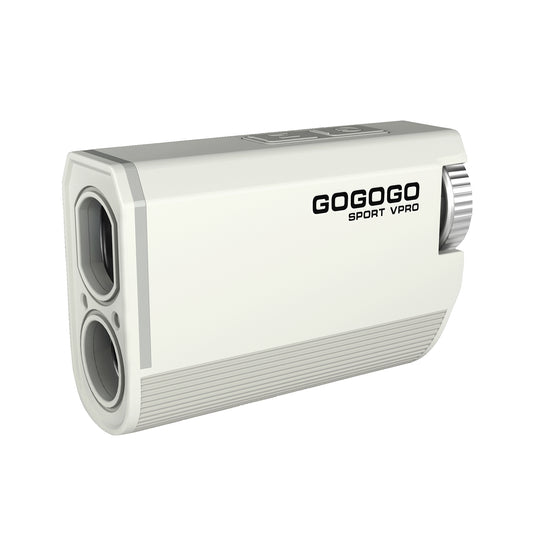
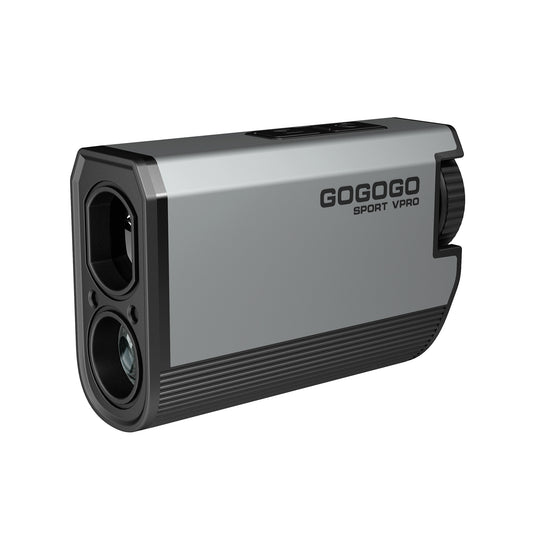
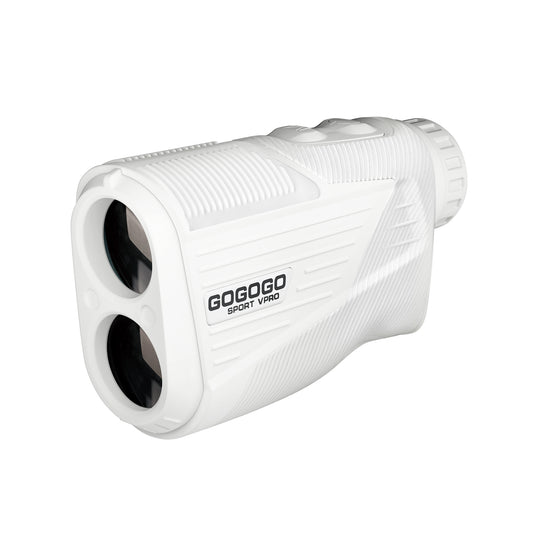
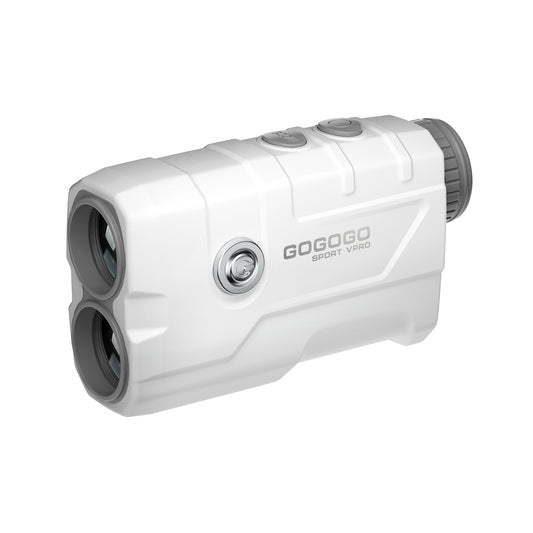
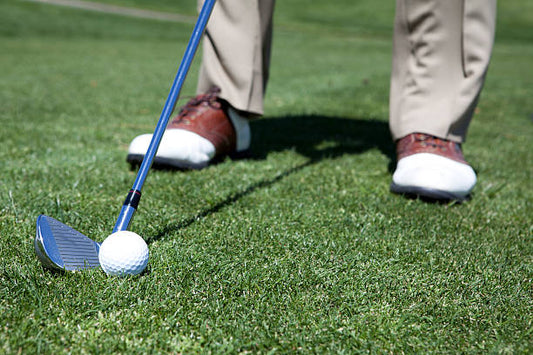
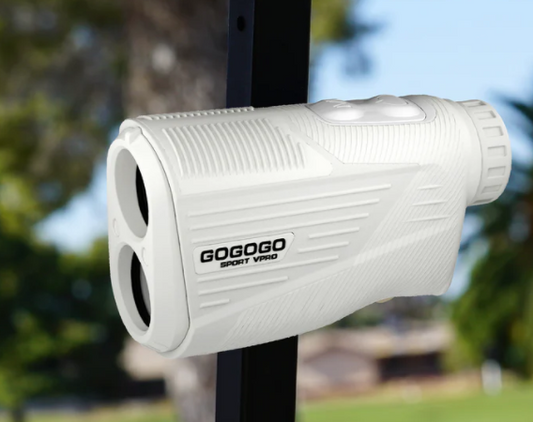

![[2025] The Ultimate Guide to Pinseeker Rangefinders for Golfers](http://gogogosport.com/cdn/shop/articles/gogogo_sport_vpro_pinseeker_rangefinder.png?v=1757993796&width=533)